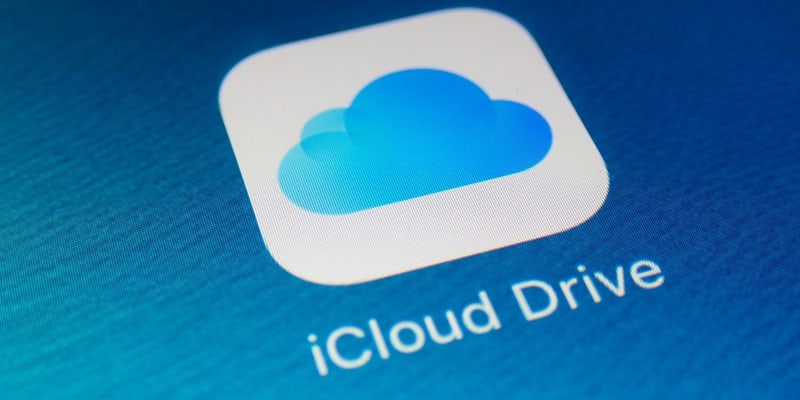Introduction
Are you looking to back up your iPhone to protect your data and ensure you don't lose any important information? If so, you're in the right place. In this blog post, we'll walk you through the steps on how to back up your iPhone and explain why it's important to do so.
Backing up your iPhone is a simple and straightforward process that can save you a lot of hassle in the long run. Whether you're upgrading to a new device, experiencing issues with your current iPhone, or just want to ensure your data is safe, having a recent backup can be a lifesaver.
In this blog post, we'll cover the various methods for backing up your iPhone and explain the pros and cons of each. We'll also discuss some important considerations to keep in mind when backing up your device. So, if you're ready to learn how to back up your iPhone, read on to get started.
To back up your iPhone, you have several options:
iCloud 🔗
iCloud is a cloud storage and cloud computing service from Apple Inc. It allows users to store data such as documents, photos, and music on remote servers for download to iOS, macOS, or Windows devices; to share and send data to other users; and to manage their Apple devices if lost or stolen. iCloud is built into every Apple device and is also available as a web-based service. With iCloud, users can synchronize their device data and access it from multiple devices. For example, users can use iCloud to store their photos and access them from their iPhone, iPad, and Mac. They can also use iCloud to back up their devices and share documents, photos, and calendars with other people.
- Open the Settings app on your iPhone.
- Tap on your Apple ID at the top of the screen.
- Tap on iCloud.
- Tap on iCloud Backup.
- Tap on the Back Up Now button to start the backup process.
iTunes 🔗
iTunes is a media player and media library application developed by Apple Inc. It is used to play, download, and organize digital audio and video on personal computers running the macOS and Microsoft Windows operating systems. The application can also be used to manage the contents on iPod, iPhone, iPod Touch, and iPad devices, as well as the Apple TV. iTunes is available as a free download from the Apple website and can be used on a Mac or a PC.
In addition to playing and organizing digital media files, iTunes also includes features for purchasing and streaming music and video. It includes the iTunes Store, which is a digital media store that sells music, movies, television shows, and other content. Users can browse and purchase content from the store, and media can be downloaded or streamed directly from the store to an iPhone, iPad, or iPod touch, or to a Mac or PC.
- Connect your iPhone to your computer using a USB cable.
- Open iTunes on your computer.
- Click on the iPhone icon in the top menu.
- Click on the Summary tab in the left menu.
- Click on the Back Up Now button to start the backup process.
Third-party tools
There are also a number of third-party tools that allow you to back up your iPhone data, such as Google Drive, OneDrive, and Dropbox. To use these tools, you'll need to download the app and follow the instructions for backing up your data.
Conclusion
In conclusion, backing up your iPhone is an important task that can save you a lot of hassle in the long run. Whether you're upgrading to a new device, experiencing issues with your current iPhone, or just want to ensure your data is safe, having a recent backup can be a lifesaver.
In this blog post, we've covered the various methods for backing up your iPhone and explained the pros and cons of each. We've also discussed some important considerations to keep in mind when backing up your device.
By following the steps outlined in this blog post, you can easily and securely back up your iPhone and protect your data. Whether you choose to use iCloud, iTunes, or another method, having a recent backup will give you peace of mind and ensure you don't lose any important information.
Follow ME
Hey there! If you're interested in tech or programming articles, you should definitely give me a follow on any of the social media platforms below. I regularly post articles related to tech and programming, and I share valuable resources and insights. Plus, by following me, you'll be able to stay up to date on all the latest and greatest in the world of tech and programming. So, what do you say? Will you give me a follow?
Follow me on Dev.to, Twitter, LinkedIn, GitHub, Medium, Facebook, and my blog's Facebook page.





















